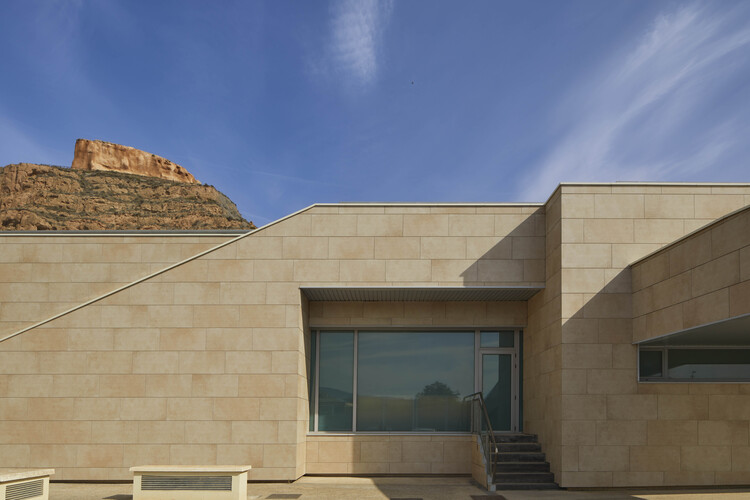
In modern architecture, materials must meet a range of functional, aesthetic, technical, and environmental demands. Gres Aragón offers ceramic tile solutions that respond to all aspects of a project—from façades and interiors to exteriors, pools, staircases, and industrial spaces—while maintaining a consistent design language.
With more than 80 years of experience and deep expertise in the extruded tile manufacturing process, Gres Aragón has established itself as a trusted partner for architects and interior designers. Its product offerings are based on four core principles: visual continuity, extreme durability, high-tech performance, and a strong commitment to sustainability.
The Strength of Extruded Tile Technology
Extruded tiles are known for their compact structure, high mechanical strength, low water absorption, and excellent dimensional accuracy. These qualities make them ideal for ventilated façades, pools, interior applications, and high-traffic floors requiring top performance.
These benefits are evident in notable projects such as the Gardea Residential Complex, Casa EA, Alcañiz Hospital, the Illueca and Arnedo Health Centres, the Velaire residential estate, and the Gran Casa Shopping Centre, as well as numerous private recreational and sports pools.
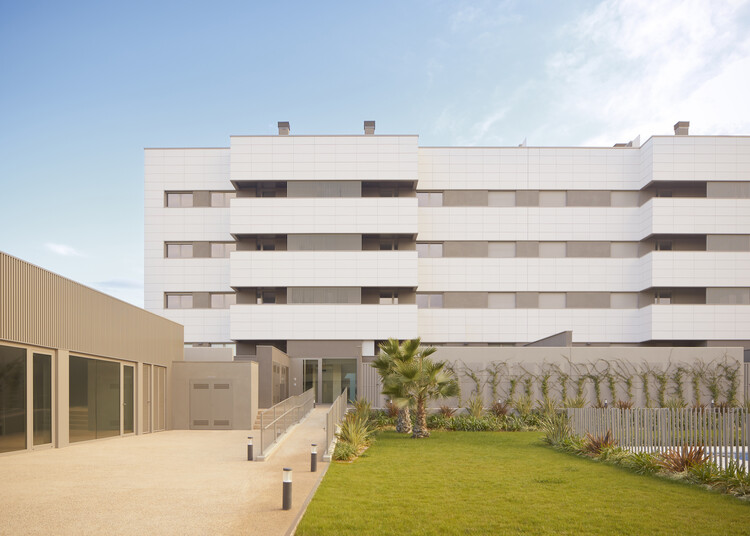
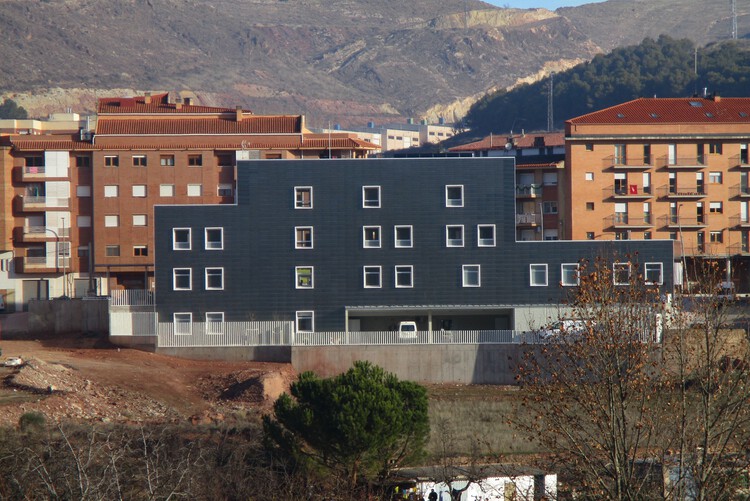
Façades That Express and Protect
Faveker's ventilated façade systems, developed by Gres Aragón, feature extruded tile panels that stand out for their structural strength, low porosity, and excellent resistance to the elements. These low-maintenance systems enhance thermal insulation and contribute to energy efficiency.
In the Gardea Residential Complex, the Faveker S-60 system combines performance with visual impact. For healthcare projects such as Alcañiz Hospital and the Arnedo and Illueca Health Centres, a textured finish was selected to support both aesthetic and sustainability goals. These fully reusable systems, certified with EPD and HPD labels, contain up to 48% recycled content.
Exteriors and Pools: Performance, Safety, and Continuity
Designed to withstand harsh conditions—frost, chemicals, heavy traffic, and temperature fluctuations—Gres Aragón's extruded tiles feature non-slip surfaces ideal for terraces, access points, pool decks, and other wet areas. At Casa EA, a villa by architect Sergio Sebastián, a single tile from the Urban Grafite collection was used for the interiors, exteriors, and pool, ensuring seamless design and technical coherence.
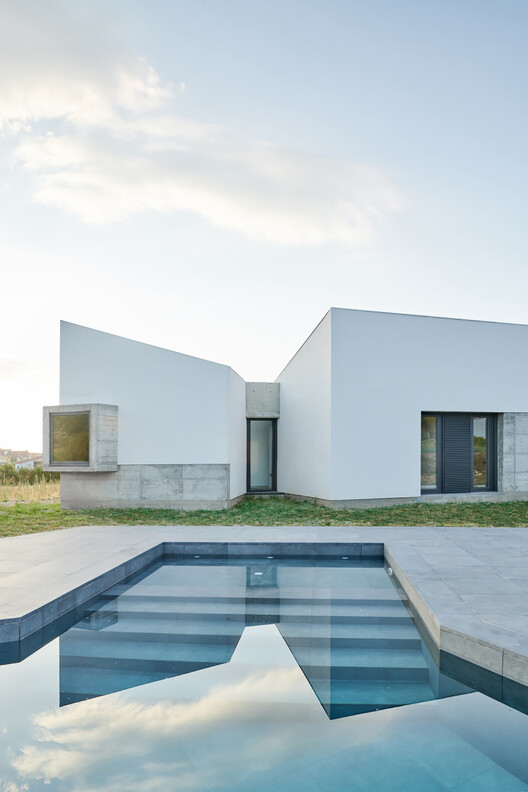
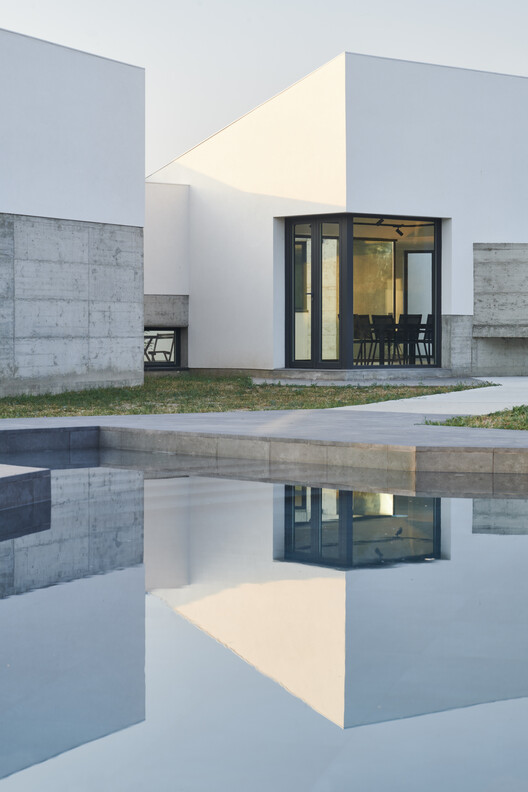
For private and public pools, Gres Aragón offers a full system of tiles, including gratings, copings, step tiles, risers, and other specialized pieces. Bioklinker®, a treatment based on silver ions, offers permanent antibacterial protection in high-use areas like spas and public pools.
A key advantage of extruded tiles is the ability to produce solid step tiles, stair skirtings, and custom volumetric pieces. At Gran Casa Shopping Centre, these solutions created durable, slip-resistant staircases built for high foot traffic. In residential projects like Velaire, these special tiles allow for indoor and outdoor staircases to blend seamlessly into the overall architectural design.
High-Performance Interiors with Unified Design
Thanks to their chemical resistance, dimensional stability, and easy maintenance, extruded tiles are also an excellent choice for interiors. In Casa EA, the same stoneware tile was used throughout the kitchen, bathrooms, living areas, and terraces, unifying the aesthetic while keeping upkeep simple.
In clinical environments such as the Arnedo Health Centre, extruded flooring ensures safety, hygiene, and long-lasting durability—crucial for healthcare settings.
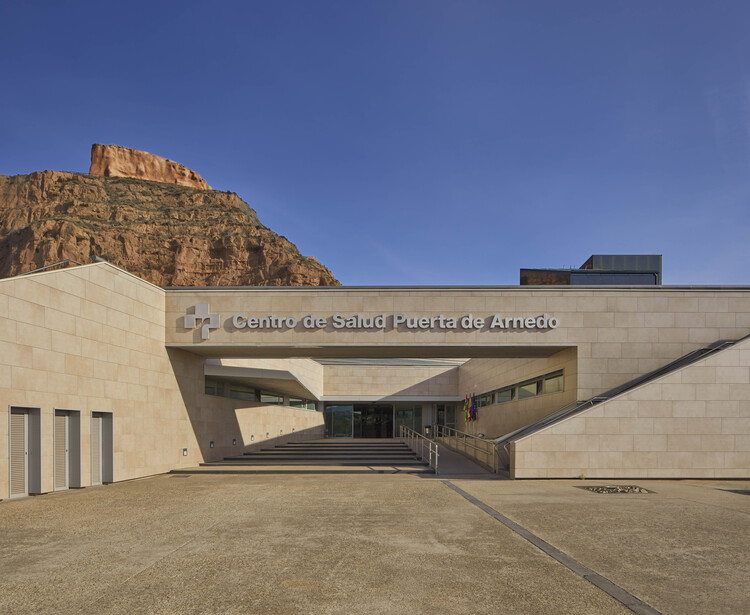
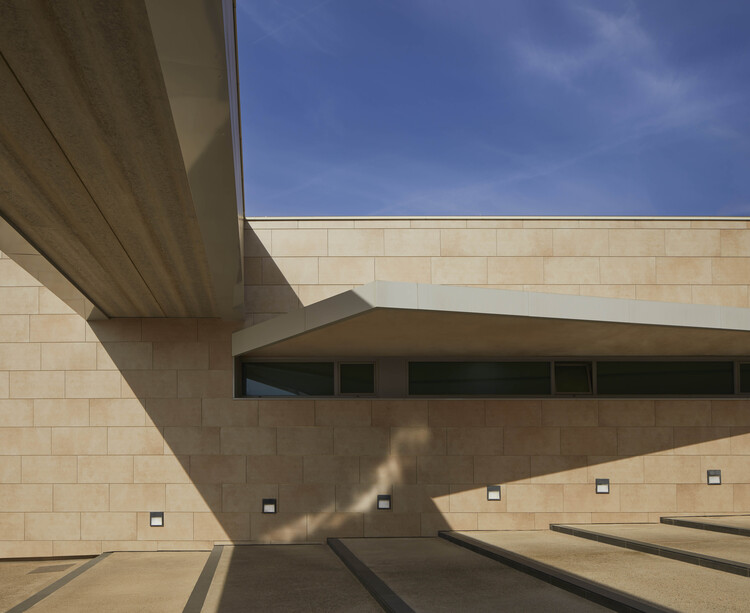
Robust Solutions for Industrial Flooring
In industrial environments like commercial kitchens, laboratories, and logistics centers, Gres Aragón's extruded stoneware offers outstanding resistance to mechanical stress, chemicals, temperature changes, and heavy loads. Its non-slip finishes make it ideal for wet or oil-prone areas, combining performance with visual appeal.
Founded in 1943, Gres Aragón–Faveker combines decades of ceramic expertise with a future-forward vision. Evolving from traditional clay and fire into a leading manufacturer of advanced ceramic materials, the company brings innovation, precision, and sustainability to contemporary architecture.
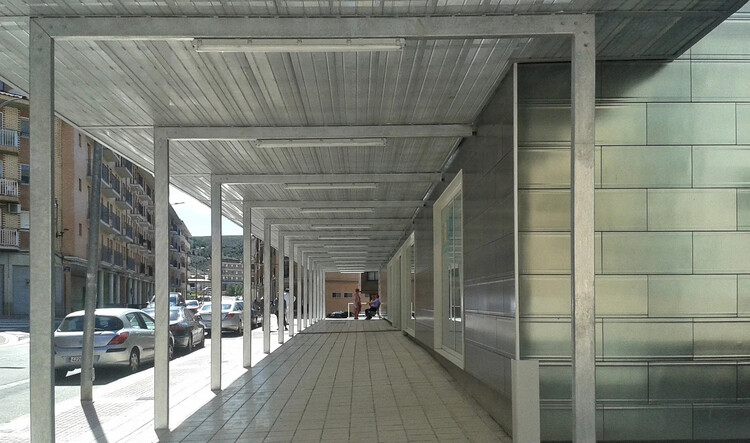
With in-house production capabilities for both extruded and porcelain tiles, Gres Aragón occupies a unique position in the international ceramics landscape. Its technical prowess and custom solutions have earned the trust of leading architects such as Rafael Moneo, Benedetta Tagliabue, and Pich Aguilera. Half of its production is exported, with a global footprint spanning nearly 120 countries. Beyond Spain, key markets include the United States and the European Union.
Gres Aragón–Faveker is part of the ceramics division of the SAMCA Group, a robust Spanish conglomerate active in mining, renewable energy, synthetic fibers, agri-food, real estate, logistics, and more. SAMCA employs over 3,500 people, providing stable and high-quality employment across sectors.













